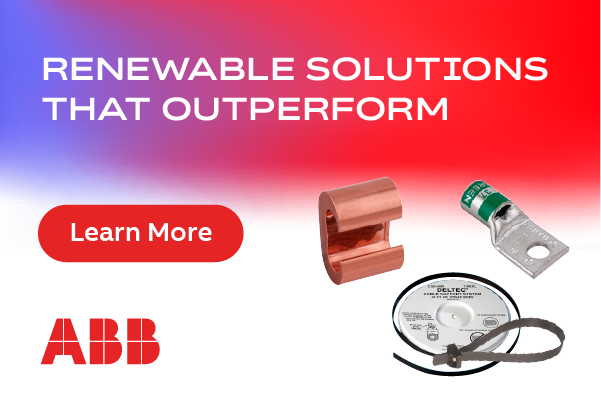Cost-Effective PV in Northern Climates: Getting it Done Right from the Start
What works in the desert won't last on the northern prairie...
As utility-scale PV grows beyond its traditional sun-soaked environments, developers and EPCs have faced a steep learning curve. Experience gained in the desert doesn't necessarily translate into designing for the geotechnical and environmental challenges of northern frost, snow loads, and strong winds. What is accepted as cost-effective in traditional settings can prove disastrous under extreme conditions.
The right engineering
Making the numbers work is one thing, but making sure you're using the right numbers is something else entirely. Use the standard engineering ASCE 7 guidelines, but research local standards carefully. In areas where PV development is new, engineers need to consider regional building codes for other types of projects to learn about local snow loads, wind shear, and frost heave potential.
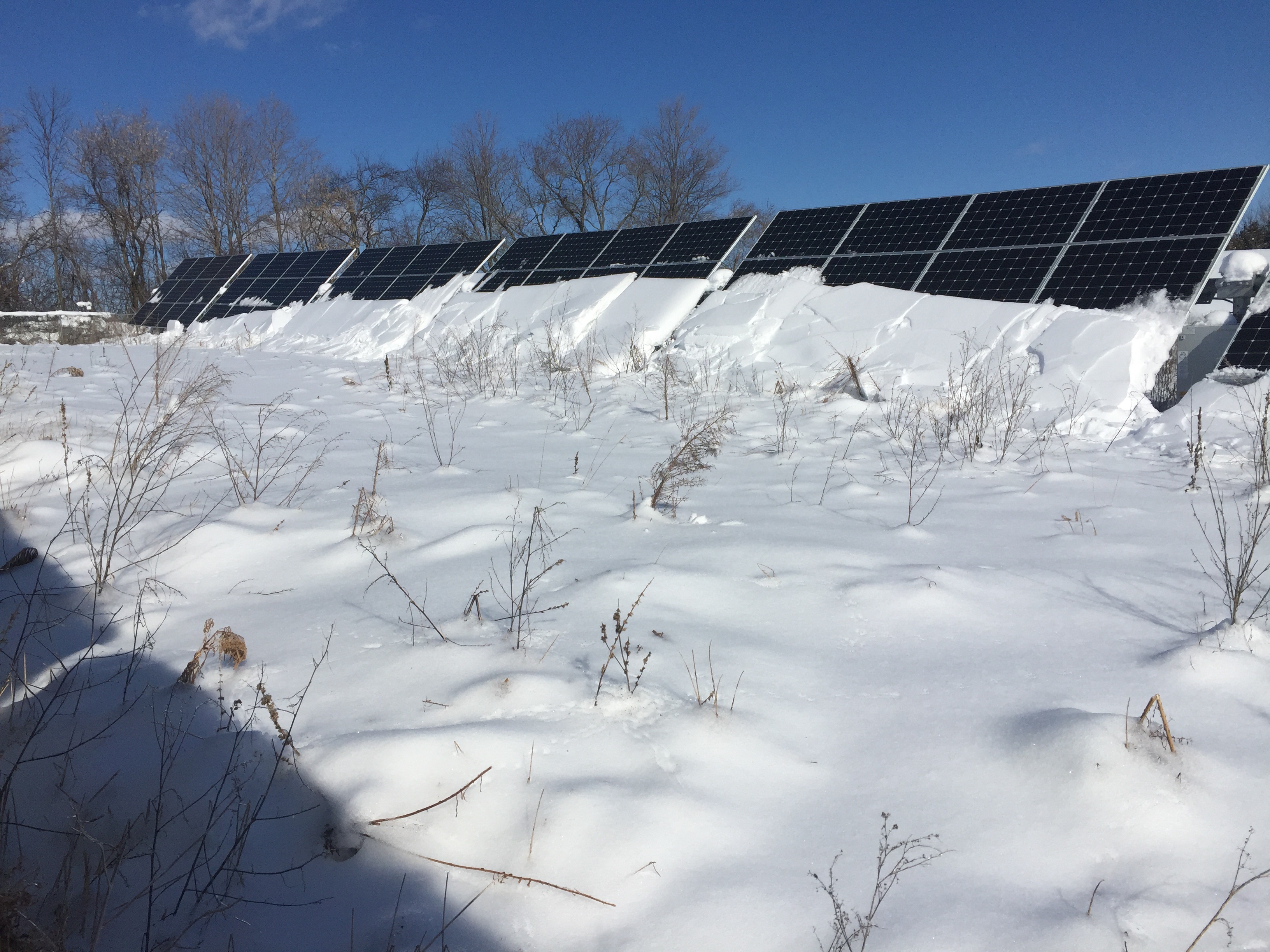
Foundation designs in particular must take geotechnical forces into account. When water freezes and expands in subsurface soils, it can create ice lenses that shift and push upward, carrying solar rack foundations along with them. Unfortunately, the rate of this frost heave is dynamic and can occur at over an inch per day, depending on local conditions, including the soil's moisture depths. Heaving foundations can flex structures, crack modules, and cause catastrophic damage to conductors and grounding.
Check what historical records show for the depth of subsurface frost. Designs that stipulate a range of three to nine feet, for example, are not specific enough to counter frost heave. Pile lengths must be long enough to meet the deepest frost numbers. How much snow accumulates in the region? Different foundations and designs can accommodate varying weights. What are the region's maximum wind speeds? Mounting designs can handle the stresses if local data are taken into account.
Key design features and decisions should include:
- Install as much pile material as necessary (size, depth) after running a proper pre-production test program. Reduce frost heave risk by installing accurately engineered helical piles, which minimizes the true cost per kWh produced without compromising on the ground anchoring of the PV system, increasing maintenance costs. Driven piles aren't suited to areas with deep subsurface frost.
- Reduce mechanical connections. Avoid systems requiring lubrication and using bearings that can fail during the natural expansion and contraction cycles in areas with extreme temperature ranges.
- Select enclosures, cabling, conduits, wire management etc. adequately rated for a wide range of temperature variance and exposure to harsh conditions - which most people do. But also ensure the installation and placement of BOS fully takes advantage of the higher spec products: installed right with easy access, whereever preventative or curative maintenance is needed.
- Limit cut-and-fill operations to preserve existing grades. Precipitation and wide temperature swings destabilize disturbed soil more readily than untouched ground. Look for state-of-the-art top of pile engineering, combined with advanced racking that adapts to challenging topography.
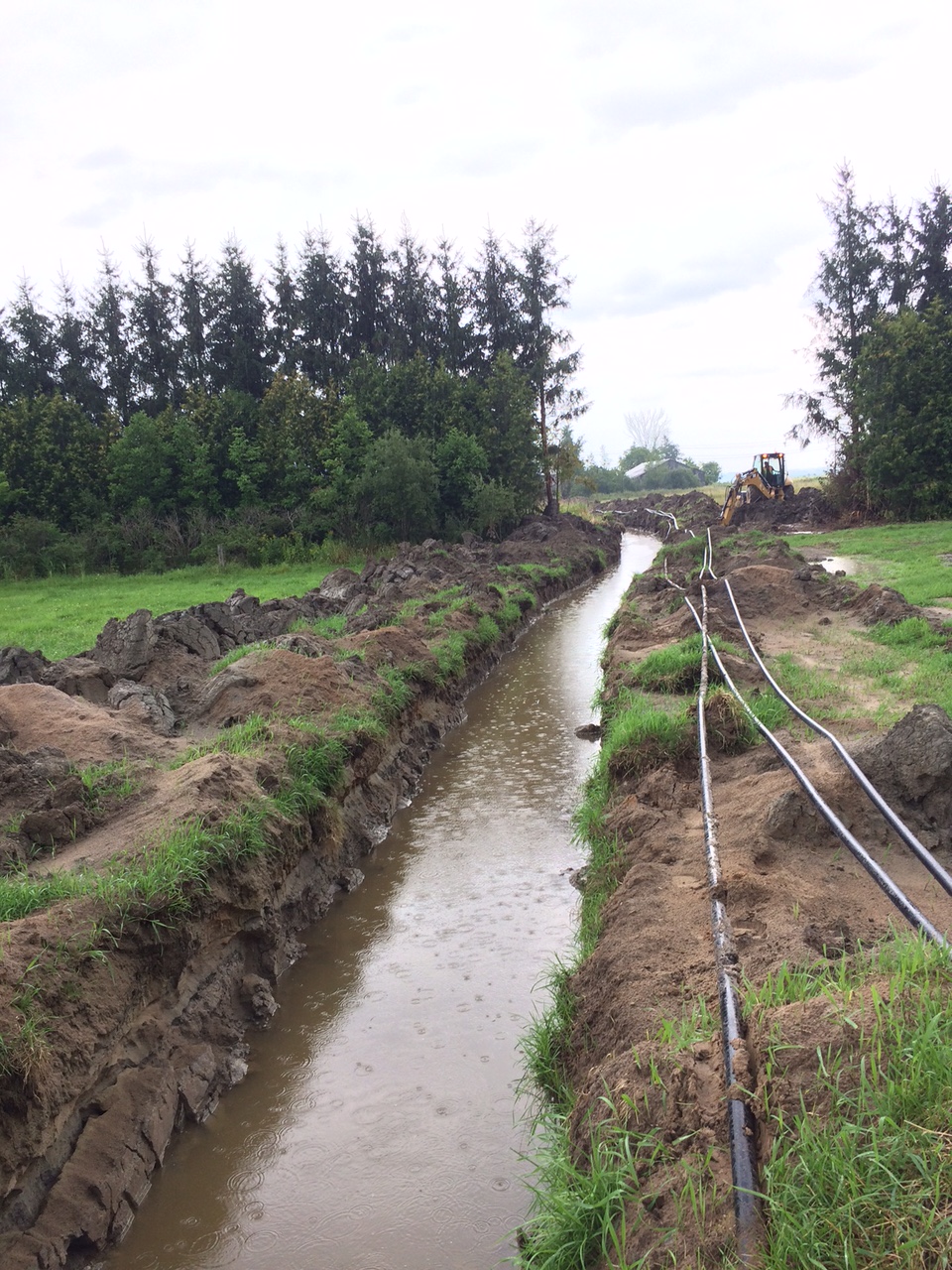 The right products
The right products
Resist the temptation to go with the least costly options; seek out quality components that have withstood a range of third-party testing and certification processes. Choose parts built to tolerate the maximum stresses recorded in the region. Wind tunnel checks, accelerated life-cycle testing, and cyclic corrosion studies show proof of quality.
Temperature range studies are a vital tool. Inverters, cabling, and mounts should show both lab-based and in-situ performance measures. Panel stringing components and designs should take both snow load and temperature extremes into consideration.
Select racking structures or trackers with the right corrosion resistance from galvanizing applied to the steel components. For single axis trackers, specifications should include how well the system holds up in sustained winds in any operating position (ideally over 40 kilometers per hour) and in stow position (a base design rate over 140 kilometers per hour works well). Trackers also need to hold up against heavy snow loads - 50 psf is ideal.
Push back against any suggested use of I-beam or C-channel foundations in place of helical piles. While cheaper than deep-set helical piles, these foundations have a history of failing in northern soils.
The right execution
EPCs who know the region can work through the winter without compromising quality. For example, the north's construction season usually coincides with the rainy season, making trenching tough, expensive, and harmful to the environment if not planned well. Ideally, trenches should be dug up and back-filled during dry, storm-free periods. During the spring thaw, special attention must be paid to sediment and erosion control measures.
Don't overlook the working environment. In one case, the construction trailers used throughout a cold winter had no source of heat; with no way to warm up, on-site crews ended up making mistakes they likely wouldn't have in better working conditions.
Local building codes in emerging markets, where standards are still being developed, are frequently older, and ill equipped to accommodate solar. In the case of one 10-megawatt solar farm, the original pile contract was $1.6 million for materials and installation, with a six-to-eight-week installation schedule. To save money, however, the contractor put pilings in only to the minimum required depth. By the time spring rolled around, frost heave had displaced nearly every piling. Remediation costs climbed to nearly $8 million -- more than four times the cost of the original contract -- and stalled the facility's operational date for six months.
Seek out an EPC who schedules in time for documentation, training, O&M preparation and QA/QC processes, long before the finish line is in sight.
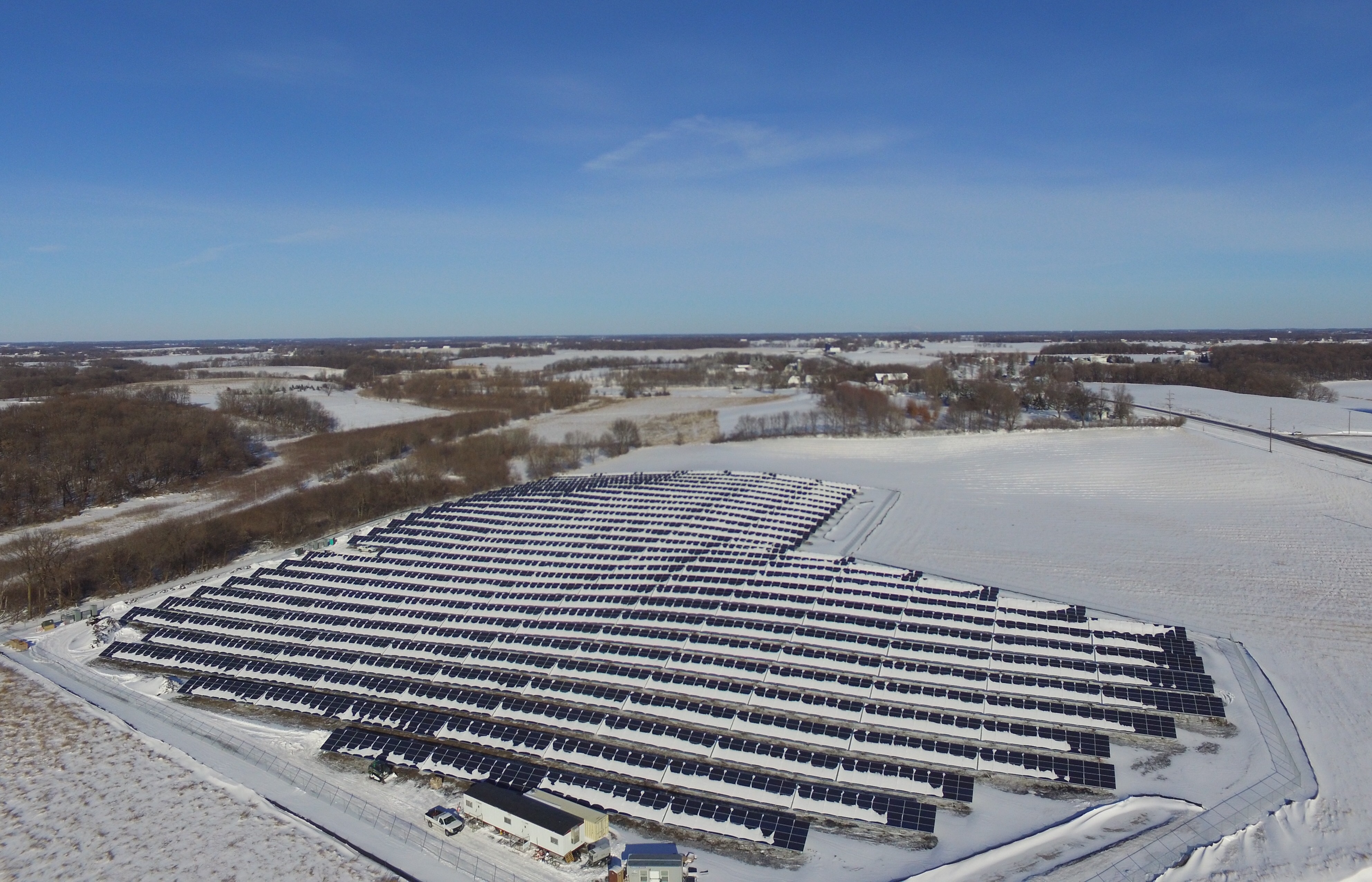
The right partner
An EPC partner familiar with the region, particularly in newer markets like those in the Midwest, Northeast, or Canada, can offer designs and products suited to snow, wind, fluctuating temperatures, and uncertain topology. These regions may not yet have solar-specific building codes, leaving data open to interpretation. Don't look for the lowest short-term costs. Instead, do careful total cost analysis from start to finish. Experienced partners know that a project's true cost requires factoring in the lowest mean time between failure, and avoiding remediation costs for issues that should be addressed during installation.
Choosing the most bankable partner means establishing the best possible backbone to support a plant's 20-year lifespan. EPCs with an integrated PV solution, combining proprietary products with a turn-key installation package, can offer substantial advantages over a piecemeal approach.
David Pichard is Vice President and COO, Rob Souliere is Director of the Product Division, and Eugene Koval if Director of Engineering - EPC Division at GP JOULE. GP JOULE is a global renewable energy company with an extensive track record developing, engineering, constructing, operating, and financing commercial and utility-scale photovoltaic ground mount installations. GP JOULE provides a full range of PV products and services focused on delivering the lowest installed cost with complete in-house and local execution that includes civil, mechanical, and electrical expertise.Globally, GP JOULE has installed over 500 MWs of PV projects and manages 600 MWs of assets across Germany, France, Italy, Canada, and the United States.
GP JOULE | www.gp-joule.com
Volume: 2018 May/June









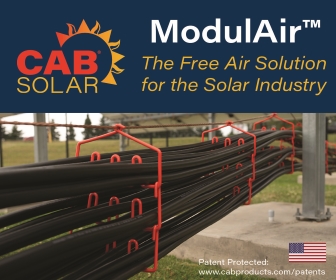
.png?r=6185)

